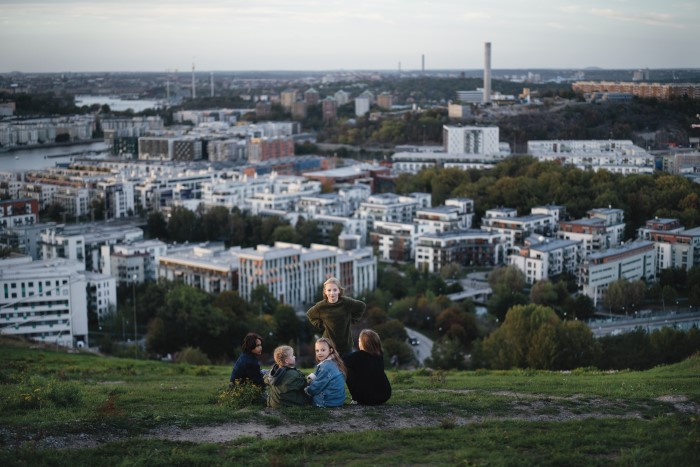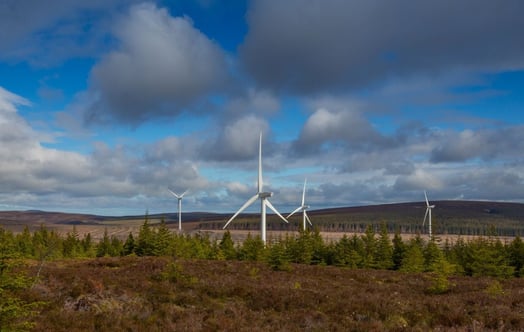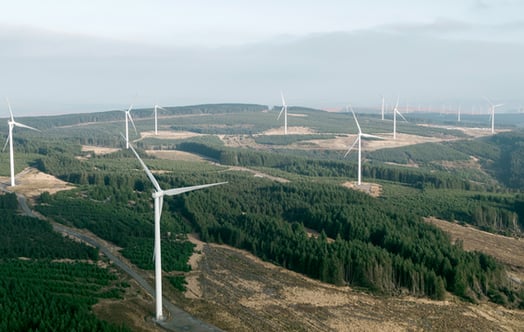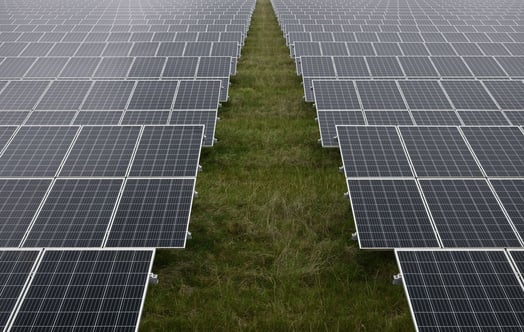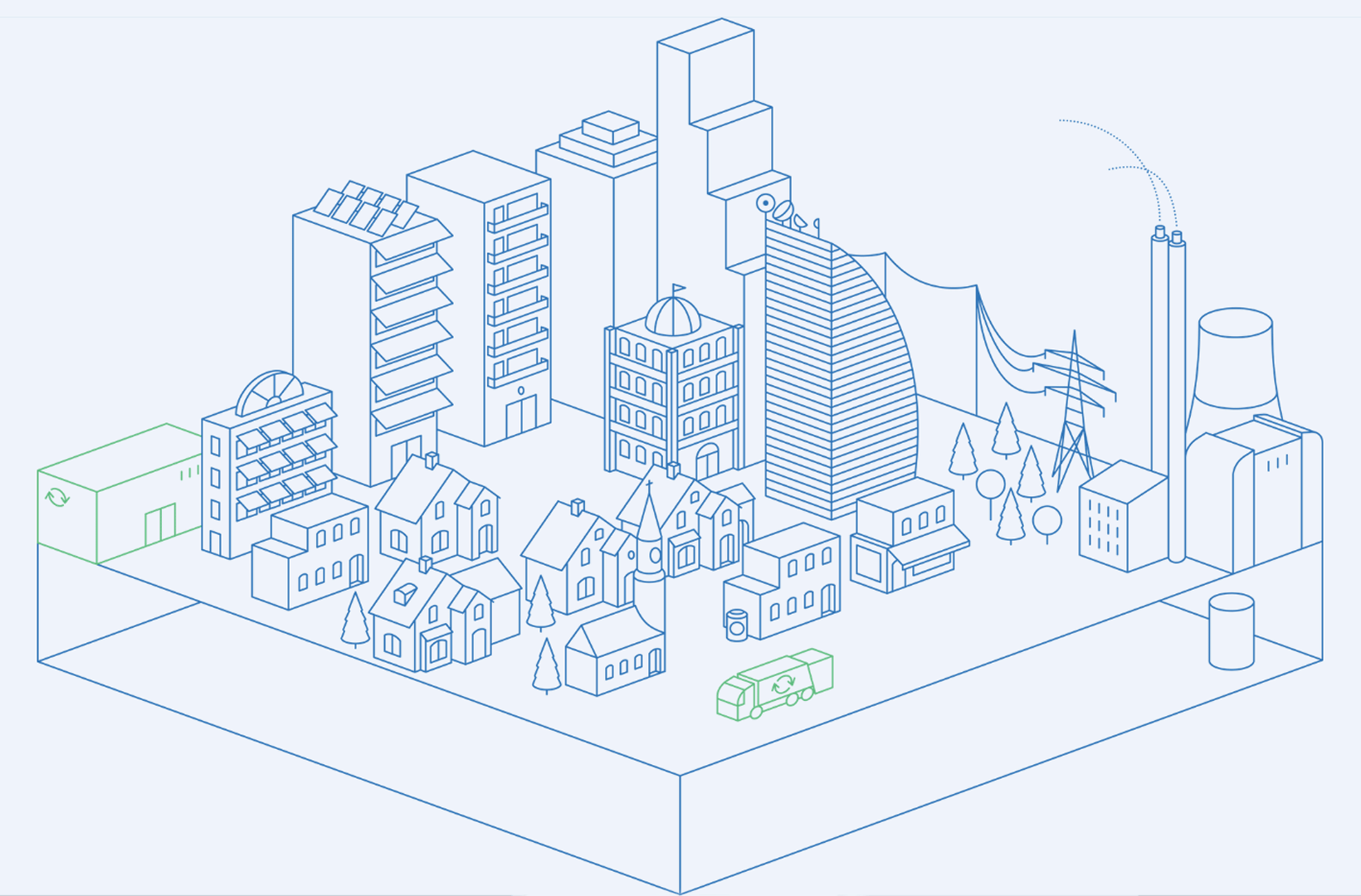
What are the key drivers in the UK's low carbon heat market?
It’s one year since our UK Energy Solutions business was established. Major, headline grabbing announcements have pushed heating up the climate change agenda in the UK. The team wants to play a leading role in the UK's transition to low carbon heating and cooling.
Mike Reynolds, MD of Energy Solutions UK reflects on the way the market is shaping up.

What's been the most significant step forward towards climate smarter heating and cooling in the UK?
The biggest move has to be the government’s announcement that homes built in the UK after 2025 will not use gas for heating. In the Netherlands, this policy is already implemented, and it's driving real change towards climate smarter living - it's exciting to think of the shift this will now stimulate in the UK.
Levels of public awareness and understanding of heat networks are low. How do you think we can start to tackle this? Do you think heat networks and low carbon heat solutions can really go mainstream until this happens?
There of course needs to be a better general understanding - why should people accept change? As a sector, we need to answer that question properly. Most importantly, people need to see good projects and the benefits of district heating.
If you look at markets where district heating is mainstream, people don't think about where their heat comes from - they just expect it to work. That has to be what we aim for here. We need to reach a point where people don't really care that their building is on a heat network, because they know that what they are getting is heating which is low carbon, ultimately fossil free fuel, and at an affordable price.
In the UK, a heat network is an exception not a norm, whereas in major cities across European cities, like Amsterdam, they are growing rapidly? What can the UK learn from those cities?
Our top three lessons are:
- Take heat from waste and use it. We have energy from waste plants in the UK but they are less than 30% efficient, and most of the energy created from burning waste is currently wasted as rejected heat. In the future, this waste heat must be harnessed and used to heat homes and businesses.
- Use zoning and concession areas in places which are being regenerated where only district heating can be used. Focus on new build but use the concession areas to also target retrofit as well
- Find your critical partners. Local authorities are critical partners and should be taking control of their local energy systems by taking contractual control of their heat networks in partnership with organisations which know how to de-risk the development of these assets and in the long term how to operate them effectively.
Can you give us a simple explanation of what a heat network is and how does it work?
Today, what you see is 20,000 boilers for 20,000 homes. With a heat network, you get 20 large, modern assets. These larger assets are easier to decarbonise or even run fossil free from the start.
The heated water will then be pumped via pipes from the assets to homes and business to take the heat they need. That heat will warm the building and provide hot water. By centralising generation, you reduce the capital cost and provide more technology options than if you had to deal with 20,000 individual smaller systems.
Your team is growing rapidly. Skills to work in the industry are identified as an urgent topic to tackle. What kind of background does the team have, and what kind of investment in skills would we like to see develop to support our UK ambitions?
Attitude is key. Heat networks are not so complicated that you cannot learn about them - it's more important for us to have a team who are positive, active, open, forward thinking, collaborative and safety-conscious.
Looking at the labour market, there is a challenge at a most fundamental level with welders and jointers of pipes, commissioning engineers, plumbers and low-carbon project delivery professionals. A lot of training will be needed to make sure in the future that they can maintain heat pumps not boilers.

What trends are you seeing in the market and how is Vattenfall setting up to address the typical challenges in moving forwards with a heat network?
- In the public and private sectors, we're seeing the bar being raised in procurement processes, which can only be a good thing. These projects are seriously long term, tough questions must be asked. Most clients are ultimately struggling with how to balance the need to pick a partner for the long term, whilst also ensuring they get best value in the short term and don’t over-pay. We are pushing for high standards of engineering and quality project delivery - only through this we believe you can create efficient and reliable assets which deliver great value service to the end consumer.
- However, once you strip back the technical and commercial details, ultimately all our discussions with buyers are about what kind of relationship we like to have with our clients and our end customers. Most clients are trying to find an organisation which shares their values, their commitment to long term quality, and whom they trust. That isn’t easy, especially in public sector where budgets are tight and the teams setting these projects up are small and under-resourced. So, our approach to working with customers is to be open and transparent about our preferences and our way of working – and sometimes our approach is not what the client wants, and sometimes it is. That is OK – these are 50-year relationships so it is important that two organisations are culturally aligned.
